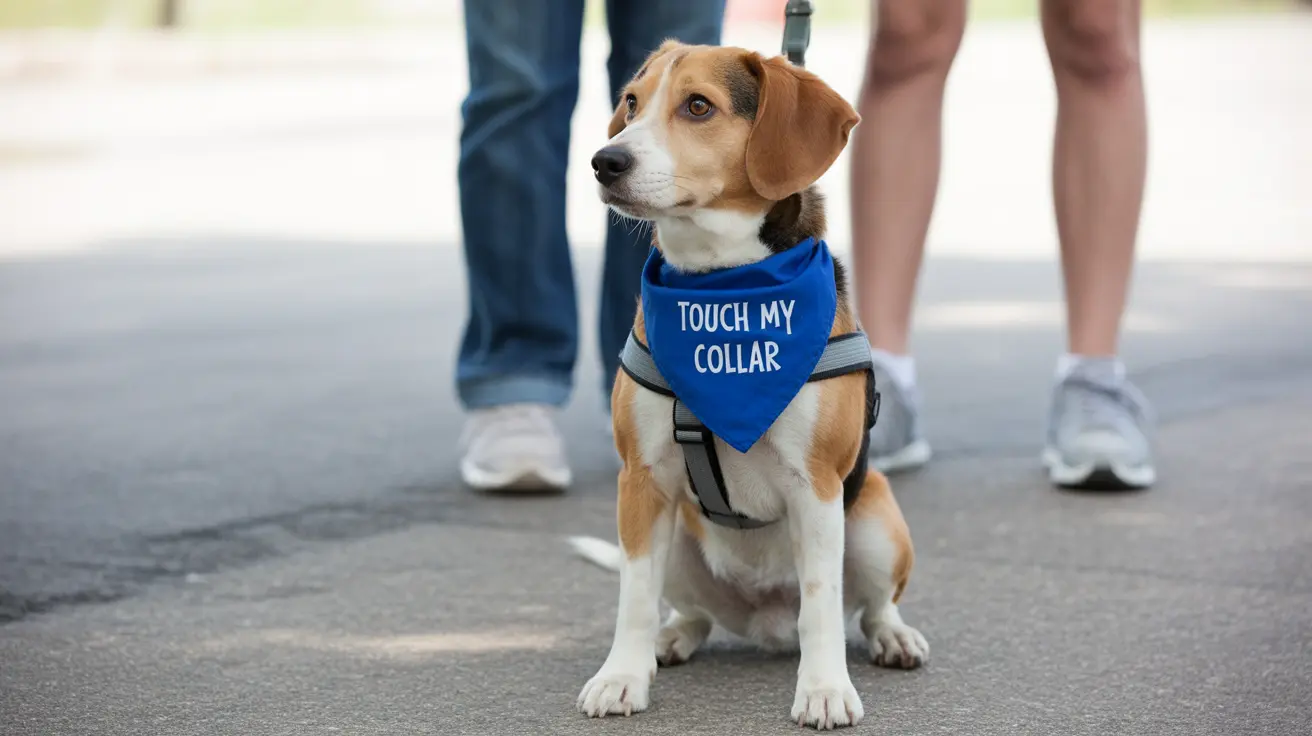The 3-3-3 Rule for Dogs: Helping Your New Pet Adjust
When you bring a new dog into your home—whether through adoption, rescue, or rehoming—it’s important to understand that adjustment takes time. One widely recognized framework that helps pet owners navigate this period is the 3-3-3 rule. This rule breaks down a dog's acclimation into three distinct phases, each lasting approximately three days, three weeks, and three months. Understanding this concept helps caretakers foster a smoother transition and build strong, lasting bonds with their pets.
Phase 1: The First 3 Days — Decompression
In the initial 72 hours, dogs often experience stress and uncertainty. Whether they’ve been in a shelter, rescue facility, or different home environment, entering a new space can be overwhelming. During this period, dogs tend to:
- Feel scared or anxious
- Sleep more than usual
- Hide or remain aloof
- Exhibit unusual behaviors like pacing or whining
- Have changes in appetite and bowel movements
This phase is all about decompression. Limit stimulation, provide a quiet and safe space, and allow your dog to adjust to new scents, sounds, and environments. Refrain from overwhelming the dog with new people or animals. Patience at this stage sets the tone for a secure bonding process.
Phase 2: The First 3 Weeks — Learning the Routine
After the initial shock wears off, your dog begins to feel a bit more comfortable. This is when they start to explore their environment and get used to the household's patterns. Key developments during this stage include:
- Understanding the daily schedule
- Budding trust in their primary caregiver
- Testing boundaries to understand rules
- Practice house training and basic commands
Dogs begin to show their personality, but also might test limits. It’s crucial to establish consistent rules and boundaries during this window to reinforce expectations. Positive reinforcement techniques help nurture good behavior while strengthening the human-canine bond.
Phase 3: The First 3 Months — Feeling at Home
By the third month, most dogs feel safe, secure, and part of the family. They typically reveal more of their genuine character and engage more confidently with their surroundings. Here’s what to expect:
- Increased trust and comfort with humans and surroundings
- Development of stronger emotional bonds
- More predictable behavior
- Willingness to learn and please
This phase marks the true beginning of a deep emotional connection. Dogs often start syncing with their humans’ routines and expressing affection more openly. With ongoing training and interactive play, this period solidifies a lifelong relationship between the dog and its caregiver.
Why the 3-3-3 Rule Matters
The 3-3-3 rule is not a strict formula, but rather a framework that highlights the general timeframes for dog adjustment. Every dog is unique. Factors like its breed, past experiences, and personality can influence how quickly or slowly it adjusts. Nonetheless, the rule emphasizes:
- Patience: Dogs need time to figure out they are safe.
- Consistency: Establish routines and expectations early.
- Compassion: Recognize the emotional impact of relocation on a dog.
Tips for a Successful Transition
- Stick to a structured schedule for feeding, walks, and bedtime.
- Use positive reinforcement rather than punishment for behavior correction.
- Give the dog a designated, quiet resting spot.
- Limit exposure to new people or animals until the dog has adjusted.
- Begin training and socialization gradually and gently.
Building Lifelong Bonds
Recognizing that dogs view their caretakers as secure bases—similar to how humans view close family—helps underscore the importance of responsible ownership. Dogs don’t see us as fellow canines, but they form strong social attachments rooted in trust, safety, and companionship. When a dog is given time and space to adjust through the 3-3-3 rule, the result is a well-adjusted, confident, and emotionally healthy companion.
Ultimately, success doesn’t lie in rushing integration, but in respecting the journey of your new dog as it learns about its place in your home and heart. Embrace each milestone and give your dog the gift of patience, understanding, and consistent love it deserves.





